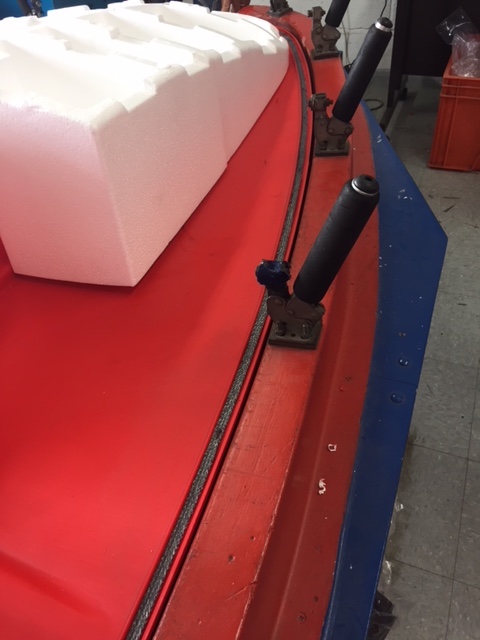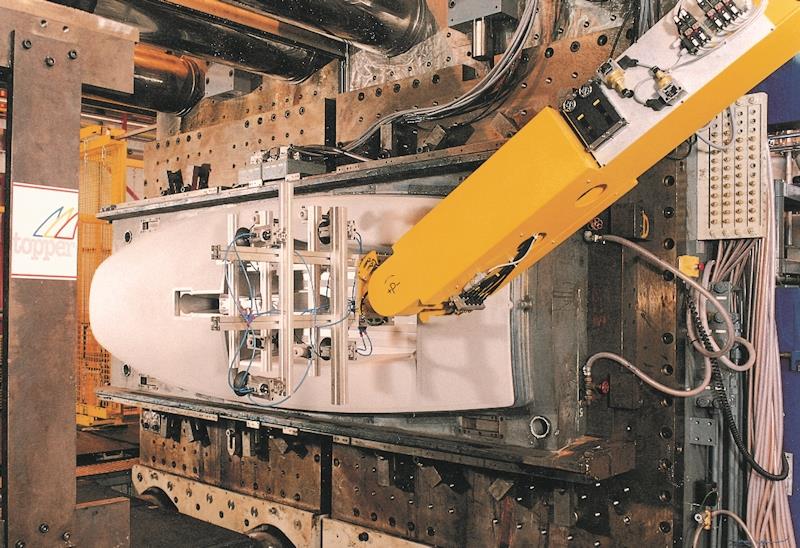
The Topper was designed by Ian Proctor whose many other boats include the popular Wayfarer.
The Topper was originally constructed in GRP but this was soon changed to an injection moulding construction. After well over 25 years of continuous production (approaching 50,000 boats!) it is the outstanding build quality, durability and innovative design features that have made the Topper such a popular boat.
The Topper hull is injection moulded with incredible precision, reaching a level of uniformity quite outside the scope of any other production system, either hand built or mass produced in GRP or roto-moulded plastic. The Polypropylene material has proved to combine strength and flexibility with lightness and virtually everlasting life. Because of this proven reputation resale values are extremely high.
Because of the builder’s commitment to uniformity of hulls and specification of fittings and equipment, a Topper can race against any other Topper, older or younger, on equal terms. A true One Design!

In 1977 the Topper was awarded the Design Council Award and the Horner Award for achievements in plastics.
The hull and deck are fuse welded together to produce a robust single unit. Specially shaped polystyrene blocks are fitted at this stage to provide extra stiffness and enormous reserves of positive buoyancy in the very unlikely event of the Topper’s tough skin being holed.
Smart design features include a clever swivelling mast gate that enables you to erect the mast single-handed. There is a brilliant rudder system that allows the blade to be set and locked in any position at the flick of a wrist. The hull plate is designed to survive the boat coming ashore at high speed with the dagger-board still down! The un-stayed aluminium mast is in two sections allowing the spars to be stored within the length of the boat. The daggerboard is made like a rudder blade of a moulded polypropylene which never snaps - but it can sink, so you must tie it on!!

Ian Proctor first began to design dinghies professionally in 1950. The National 12 was soon followed by the Merlin Rocket. Proctor's early designs were met with immediate success, winning championships from 1950 to 1952. His design of Ian Proctor Metal masts revolutionised dinghy sailing. Then in 1958 he designed the evergreen Wayfarer, which soon became a hit with sailing schools and still has a solid following in racing and cruising circles. Indeed, a Wayfarer was sailed from the UK to Norway and Iceland by Frank Dye, and this boat is now on display at the National Maritime Museum, Greenwich.
The most widely-known of all Ian Proctor designs has to be the Topper. This was the first sailing dinghy to be produced from injection moulded Polypropylene; a system which cost a million pounds to set up and was the largest single mould at the time.

The material is polypropylene, an advanced polymer which combines strength and resistance to cracking with lightness and a virtually everlasting life.
The colossal presses that produce Topper’s hull
and deck mouldings are roughly the size of a diesel locomotive. Polypropylene granules are injected into the precision steel mould tools at a pressure of 1600 tonnes to create the beautifully matched components.